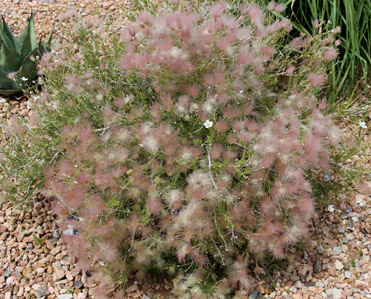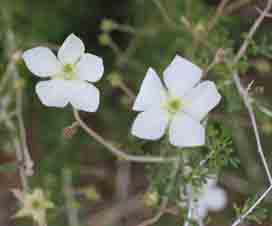 |
 |
Medicine:
" --- the roots dug in the fall are boiled in water for coughs, drunk morning and evening, and the tea used as a hair rinse after shampooing. The powdered root (with tobacco) or the flowers (with Horehound and flour) are used for painful joints or soft tissue swellings, applied locally as a poultice or fomentation. The spring twigs may be boiled and drunk for indigestion and 'spring' fevers." (Moore 27)
"The women of San Ildefonso Pueblo steep its leaves in water until soft, and wash their hair in the infusion to promote its growth, but Spanish New Mexican mujeres boil the roots and rinse their hair with the decoction , after a shampoo, to prevent it from falling out. ---
In order to dissipate a cough that hangs on, ponil roots that are dug in September are boiled, and sugar is added according to personal preference. Then a large glass of the liquid is taken warm upon rising, and each meal. Spanish descendants in New Mexico also mix its dry ground leaves with those of the punche (native tobacco), and rub them upon rheumatic joints.
Nor are its brilliant white blossoms neglected by the medicas, who compound, with the pulverized flowers, mastranzo leaves (horehound) flour, and water to form a paste with which they massage swollen parts of the body.
If, through some hapless circumstance a New Mexican resident should become bewitched, and begin to waste away as a result of this curse, he must grind the plumes of ponil with some sangre de venado (the Dragon's Blood of Commerce), and add to the powder a little Mexican rock salt and some soot that has been collected with a teaspoon from a fireplace. He must then put the preparation into the kind of wine that the padre takes before breakfast, and drink the entire solution. This will drive away any evil effects that the magic may have had upon him, and help him to recover his health." (Moore 99)
"When Native Americans suffered pain or fever, the flowers and bark of Apache-plume provided relief. Those with joint pain would place a poultice of the leaves with tobacco on the aching body part. Poultices made of the plants beautiful white flowers were placed on swollen legs (of humans or horses) to reduce distension. The Keresan people of the Cochiti Pueblo near Santa Fe ate the flower petals to prevent stomach gas, while others ate the tender stems to control indigestion." (Finley and Nieland 335)
"Navajo, Kayenta Plant used as witchcraft to cause insanity. Navajo, Ramah Cold infusion of leaves used as a ceremonial lotion ad leaves used as a ceremonial emetic. Tewa Infusion of leaves used as shampoo, to promote growth of hair." (Moerman 232)
"At Cochiti the petals may be eaten right off the plant to prevent stomach gas. 'Just like Tums,' as one Puebloan says." (Dunmire and Tierney 135)
Other Uses:
"The Ramah Navajo drank an infusion of the leaves as a ceremonial emetic for internal cleansing, and they use the same solution in a purifying bath. The straight stems were used as arrow shafts, while the strong, flexible roots served as cording to tie fences. One of the most common uses of the stems today is for yard brooms, made by tying together many small branches." (Finley and Nieland 335)
"Havasupai Used for the top ring of baskets. Used for the ladder-back rungs of the cradleboards. Jemez Branches bound together and used as a broom for outdoor sweeping and to separate chaff from the wheat. Tewa Straight, slender branches used to make arrows." (Moerman 232)